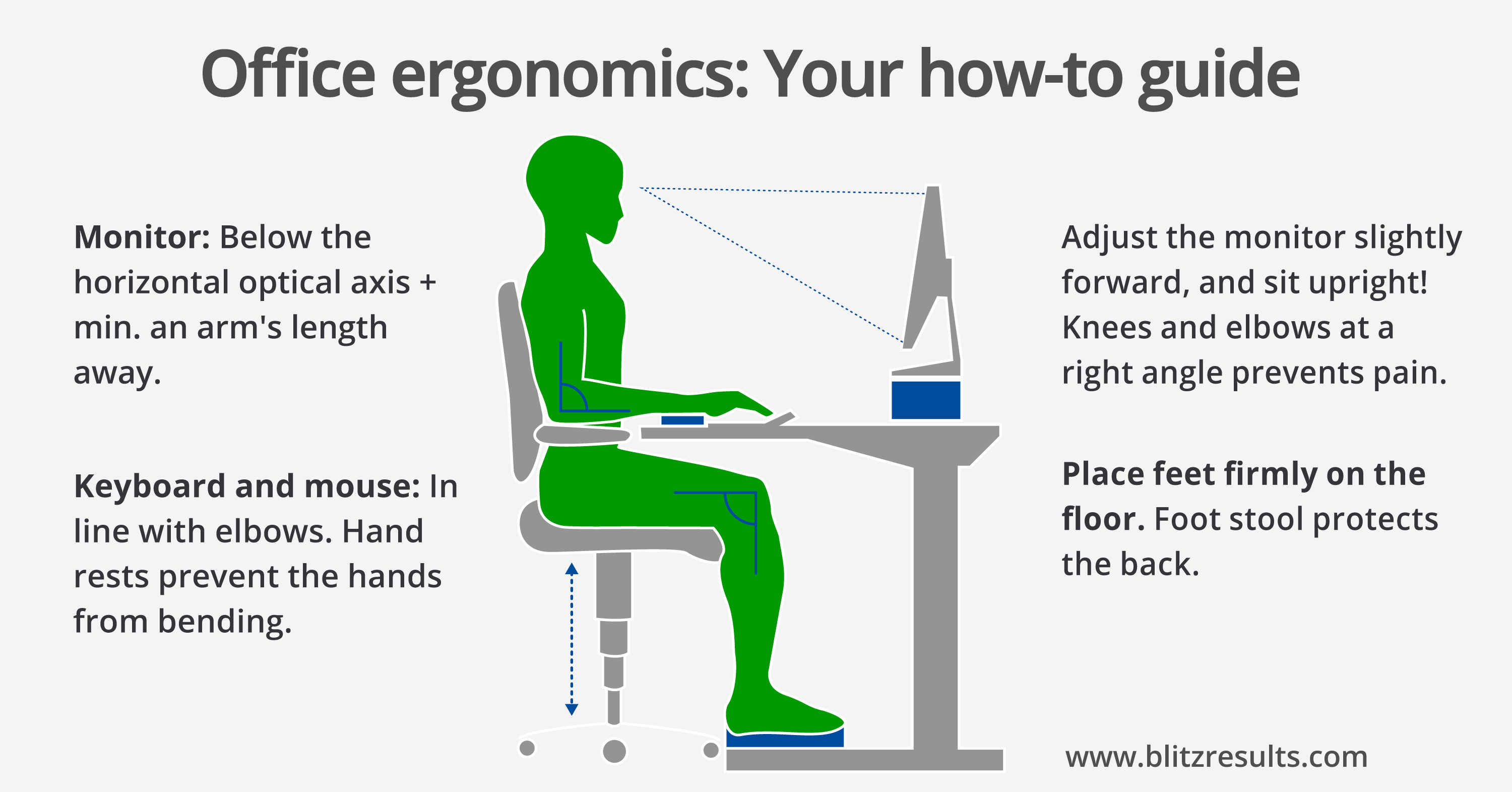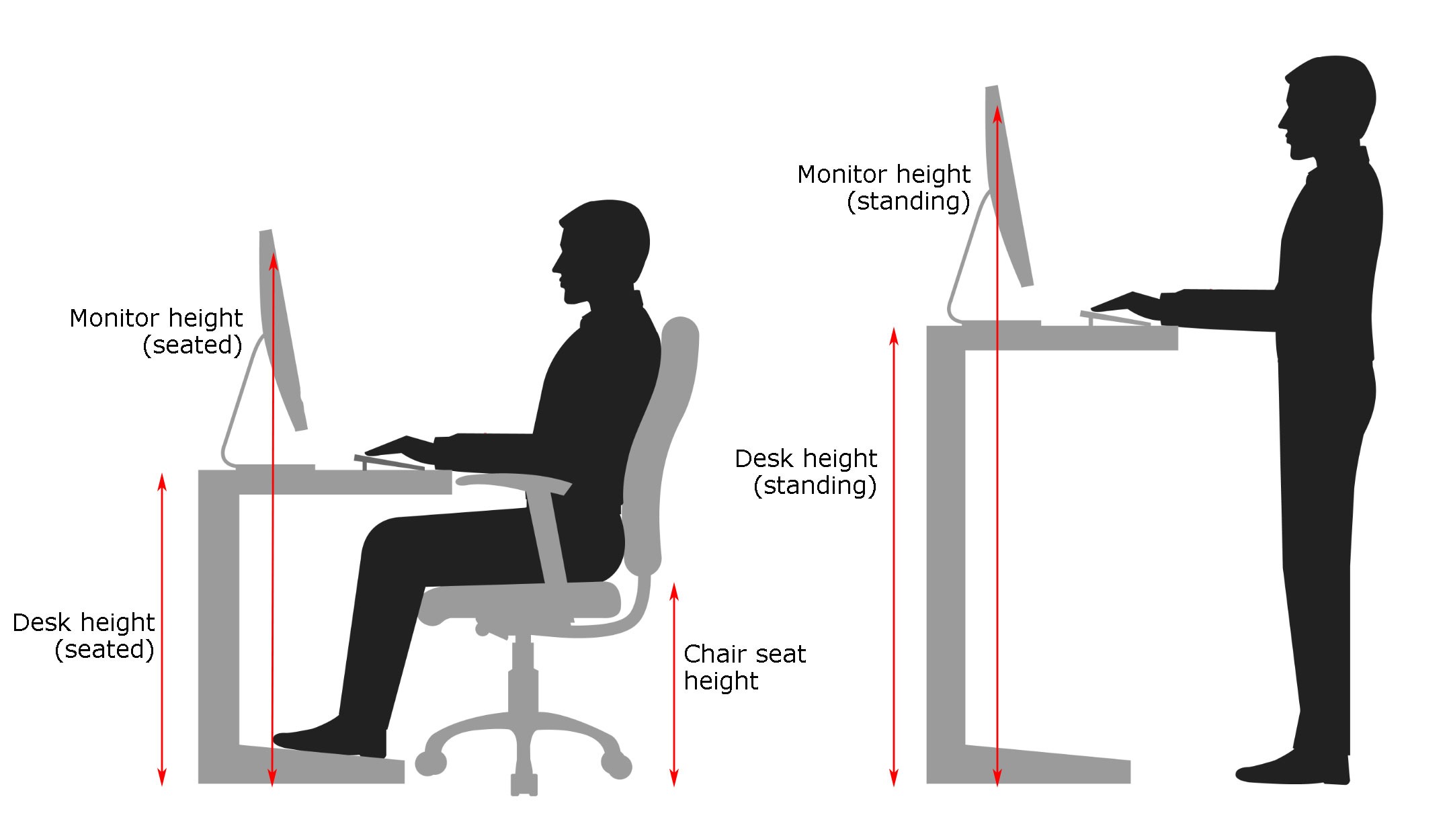Ergonomics and Comfort

Finding the perfect chair height is crucial for both your comfort and your long-term health. A poorly adjusted chair can lead to a cascade of problems, impacting your posture and potentially causing significant discomfort and even injury. Let’s explore how achieving the ideal chair height can significantly improve your well-being.
Chair Height and Posture: A Vital Connection
Your chair height directly influences your posture. When your chair is too high, you’ll likely hunch your shoulders and strain your neck to see your monitor. Conversely, a chair that’s too low forces you to slouch, increasing the pressure on your lower back and potentially leading to back pain. The correct height ensures your feet are flat on the floor, your hips and knees are bent at a 90-degree angle, and your back rests comfortably against the chair’s backrest. Maintaining this posture reduces strain on your spine, neck, and shoulders, promoting better overall health and reducing the risk of musculoskeletal disorders.
Recommended Chair Heights for Various Statures
The ideal chair height varies depending on individual height and leg length. A simple rule of thumb is to ensure your thighs are parallel to the floor when seated. However, providing a specific range offers a better guideline. Consider these recommendations, remembering that individual preferences and desk heights also play a role:
| Height Range (cm) | Height Range (inches) | Recommended Desk Height | Potential Issues with Incorrect Height |
|---|---|---|---|
| 70-75 | 27.5-29.5 | 70-75 cm (27.5-29.5 inches) | Neck and shoulder strain if too high; lower back pain if too low. |
| 75-80 | 29.5-31.5 | 75-80 cm (29.5-31.5 inches) | Similar to above, but increased risk of discomfort with less legroom. |
| 80-85 | 31.5-33.5 | 80-85 cm (31.5-33.5 inches) | Potential for leg discomfort if desk is not appropriately high. |
| 85-90 | 33.5-35.5 | 85-90 cm (33.5-35.5 inches) | May require a footrest to maintain proper posture. |
Note: These are general guidelines. Individual needs may vary.
Common Ergonomic Mistakes and Their Consequences, Best height for office chair
Many people unknowingly make ergonomic mistakes that negatively impact their health. Sitting too low, forcing the neck to crane upward to view the monitor, is a common error. This leads to neck stiffness, headaches, and upper back pain. Similarly, slouching, caused by a chair that’s too low or lacks lumbar support, puts undue pressure on the lower back, potentially leading to chronic back pain. Leaning too far forward to reach the keyboard or mouse can strain the shoulders and wrists.
Adjustable Features for Optimal Comfort
Adjustable features are paramount in achieving optimal comfort. The ability to adjust the seat height is crucial for individual customization. Lumbar support is equally important; it provides crucial lower back support, preventing slouching and reducing strain. Adjustable armrests allow for proper elbow positioning, reducing shoulder tension. Consider these features essential for a truly ergonomic chair. Investing in a chair with these features is an investment in your long-term health and well-being.
Impact of Chair Height on Productivity and Well-being: Best Height For Office Chair

The height of your office chair is not merely a matter of comfort; it’s a foundational element impacting your productivity, focus, and long-term health. A correctly adjusted chair height directly influences your posture, energy levels, and overall well-being throughout the workday, significantly affecting your ability to perform at your best. Let’s explore the profound impact of this often-overlooked detail.
Best height for office chair – Proper chair height allows for optimal posture, promoting efficient blood flow and reducing strain on your body. This, in turn, leads to improved focus and concentration. Imagine a scenario where your chair is too low – you’re hunching over, your shoulders are tense, and your neck aches. This uncomfortable posture quickly leads to fatigue, reduced concentration, and decreased productivity. Conversely, a chair that’s too high forces you to reach for your keyboard and mouse, leading to similar strain and discomfort. The ideal height allows for a neutral posture, minimizing strain and maximizing comfort, thereby boosting productivity.
Effects of Incorrect Chair Height on Energy Levels and Fatigue
Sitting too high or too low significantly impacts your energy levels and fatigue throughout the workday. When your chair is too low, you’re constantly straining your muscles to maintain an upright position, leading to muscle fatigue and reduced energy. This constant tension diverts energy away from cognitive tasks, resulting in decreased concentration and mental fatigue. Conversely, a chair that is too high forces your shoulders and neck to compensate, leading to similar problems. The resulting muscle strain and discomfort translate into reduced energy and increased fatigue, hindering your ability to maintain focus and productivity. The cumulative effect of this can be significant over a prolonged period.
Posture, Chair Height, and Musculoskeletal Issues: An Infographic Description
This infographic would visually represent the relationship between posture, chair height, and musculoskeletal problems. The top section would depict three figures: one with a chair adjusted too low, exhibiting a hunched posture with rounded shoulders and a forward head; another with a chair adjusted too high, reaching for the keyboard and mouse with elevated shoulders and strained neck; and a third with a correctly adjusted chair, sitting with a straight back, relaxed shoulders, and a neutral neck position. Arrows would connect each posture to a corresponding section illustrating potential musculoskeletal problems. The section for the incorrectly low chair would show illustrations of lower back pain, rounded shoulders, and neck strain. The section for the incorrectly high chair would similarly show neck pain, shoulder strain, and wrist discomfort. The section for the correctly adjusted chair would show a healthy spine and relaxed posture, with a note indicating reduced risk of musculoskeletal issues. The infographic would conclude with a concise statement emphasizing the importance of proper chair height for maintaining good posture and preventing long-term health problems.
Long-Term Health Implications of Incorrect Chair Height
Consistently using an incorrectly adjusted office chair can lead to a cascade of long-term health problems. Poor posture, resulting from improper chair height, contributes to chronic back pain, neck pain, carpal tunnel syndrome, and other musculoskeletal disorders. These conditions can significantly impact your quality of life, leading to reduced mobility, chronic pain, and even the need for surgery. Furthermore, prolonged periods of poor posture can negatively affect your respiratory system, leading to decreased lung capacity and increased susceptibility to respiratory illnesses. The cumulative effect of these issues can significantly impact your overall health and well-being, potentially leading to decreased productivity and increased healthcare costs. Maintaining a proper chair height is a simple yet effective way to mitigate these risks and promote long-term health.
